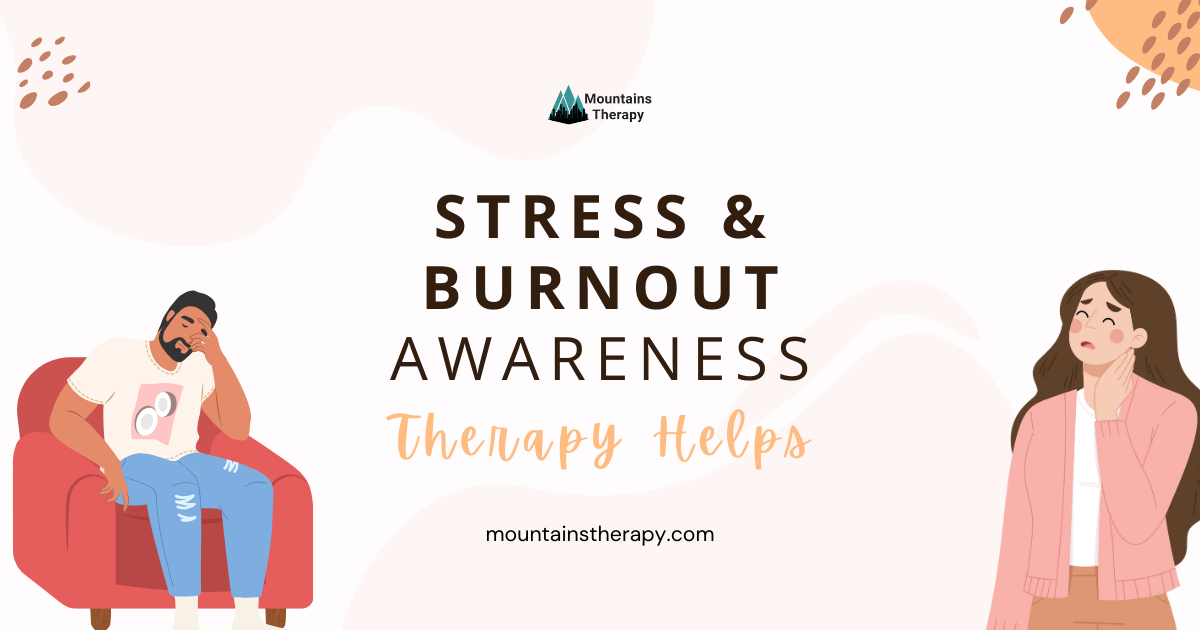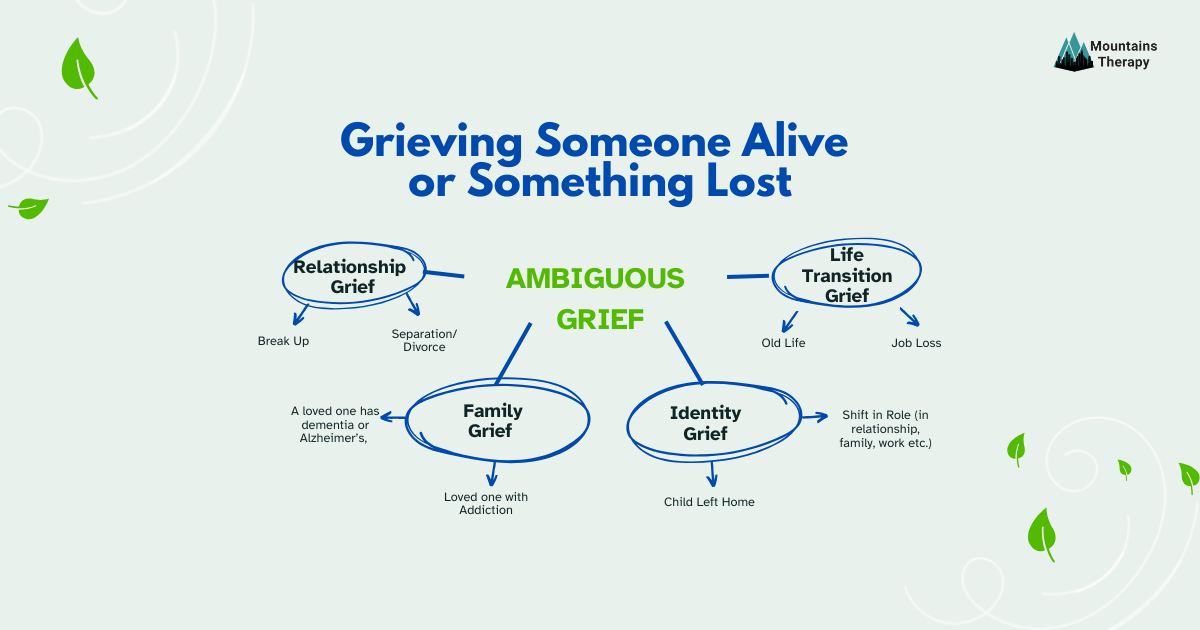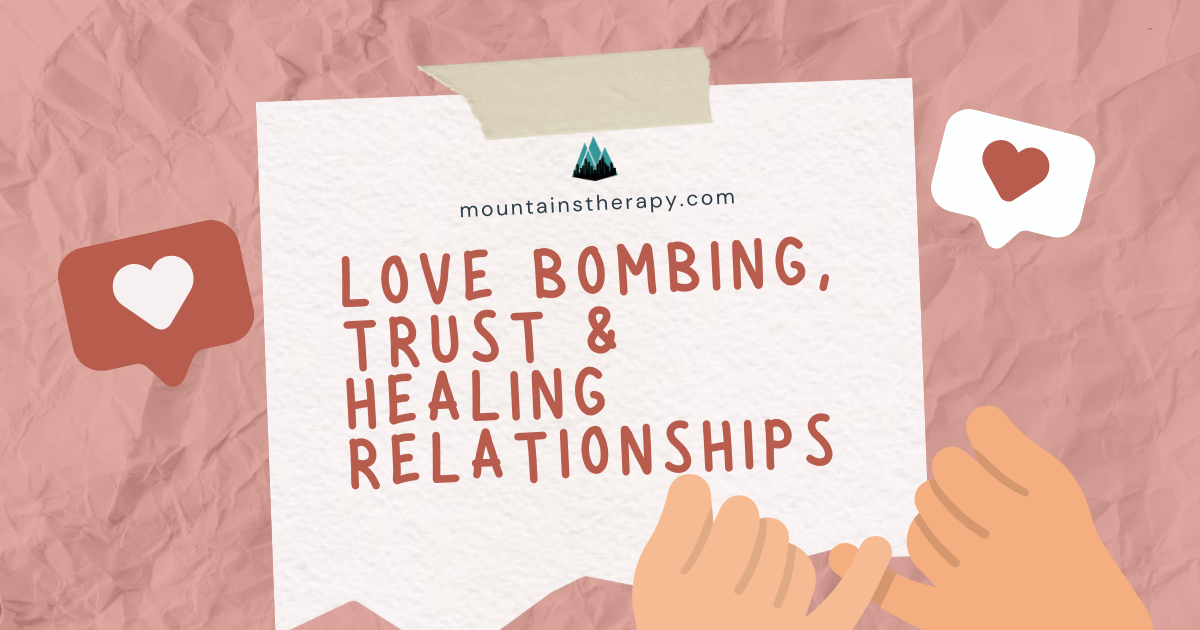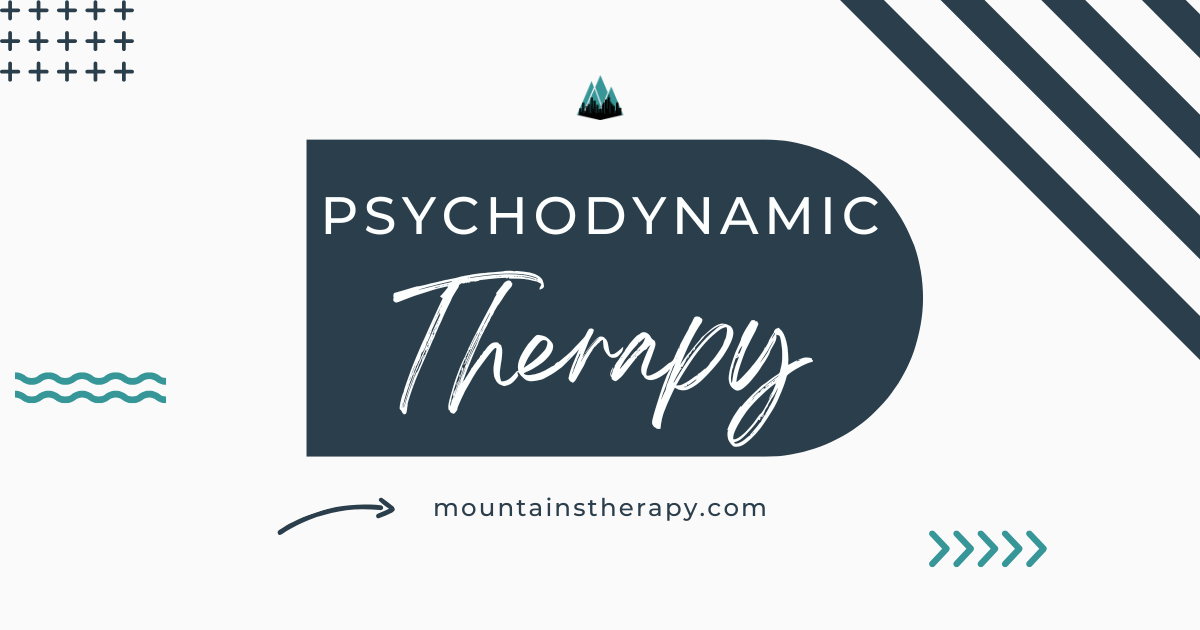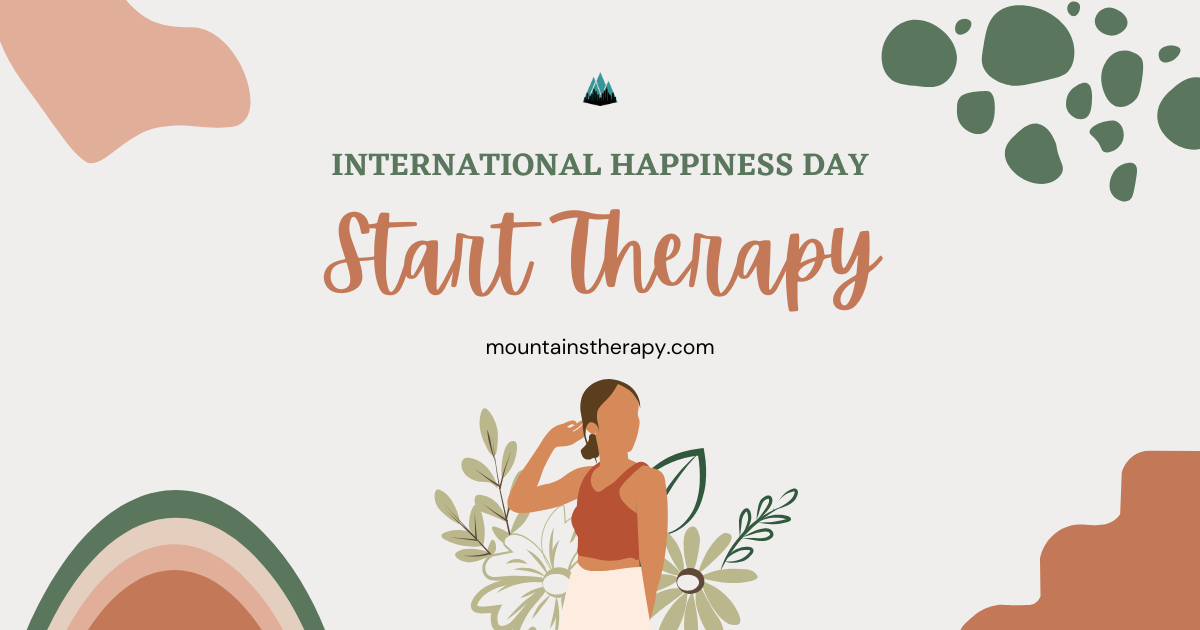How to Recognize Signs of Burnout in the Workplace

In today's fast-paced work environments, stress is common, but prolonged and unmanaged stress can lead to something more serious: burnout. Workplace burnout is a state of emotional, mental, and physical exhaustion caused by excessive and prolonged stress. It affects both personal well-being and job performance. At Mountains Therapy, we understand how burnout can sneak up on individuals and cause significant disruption in both their work and personal lives.
Here’s how to recognize the signs of burnout and steps to address it.
1. Constant Fatigue and Lack of Energy
- One of the earliest and most noticeable signs of burnout is constant fatigue. You may feel exhausted even after a full night’s sleep, and daily tasks that once seemed manageable now feel overwhelming. If you find yourself struggling to get through the workday or lacking motivation, it could be an indicator of burnout.
2. Decreased Productivity and Poor Performance
- Burnout affects the way you think and perform at work. Tasks that were once easy may become more challenging, and you may find it difficult to concentrate or meet deadlines. You might also notice a decrease in the quality of your work, which can lead to frustration and feelings of incompetence.
3. Detachment and Cynicism
- When burnout sets in, it's common to experience emotional detachment from your job. You may begin to feel indifferent or cynical about your work and colleagues. This emotional distance can cause you to disengage from your tasks, isolate yourself from others, or lose passion for the job you once loved.
4. Physical Symptoms
- Burnout doesn't just affect your mental and emotional health—it also takes a toll on your body. Physical symptoms like headaches, stomach issues, or muscle tension can develop. Some people may also experience changes in appetite or sleep patterns, such as insomnia or sleeping too much.
5. Increased Irritability or Mood Swings
- Irritability, frustration, and mood swings are common emotional signs of burnout. Small inconveniences that once rolled off your back may now cause you significant distress. You may also notice that you’re losing patience more easily with coworkers or loved ones, which can affect your relationships.
6. Loss of Interest in Work and Other Activities
- A hallmark of burnout is a loss of interest in activities that you used to enjoy, both at work and in your personal life. You may feel a growing sense of disillusionment or dread when thinking about work, and hobbies that once brought you joy may no longer hold your attention.
7. Feelings of Helplessness or Hopelessness
- Burnout can lead to feelings of helplessness or a sense of being trapped in a situation without any control or options. These feelings may be accompanied by a sense of failure or self-doubt, making it difficult to see a way forward or take steps to improve your well-being.
Steps to Prevent and Address Burnout
Recognizing the signs of burnout is the first step toward addressing it. Here are some strategies to help prevent and recover from burnout:
1. Set Boundaries:
- Learn to say "no" and establish clear boundaries between your work and personal life.
2. Take Breaks:
- Regularly scheduled breaks throughout the workday can help you recharge and regain focus.
3. Seek Support:
- Talking to a therapist, such as one of our professionals at Mountains Therapy, can help you manage stress and develop coping strategies.
4. Practice Self-Care:
- Incorporating relaxation techniques, hobbies, and physical activity into your routine can improve mental health.
5. Reevaluate Workload:
- Speak with your supervisor about your workload and explore ways to delegate tasks or adjust expectations.
Burnout is a serious issue, but it is treatable with the right support and care. If you’re feeling overwhelmed and struggling with burnout, consider seeking professional help through Individual Therapy at Mountains Therapy. We offer tools and strategies to help you regain balance and improve your overall well-being.
Remember: You don’t have to navigate workplace burnout alone. Take the time to prioritize your mental health and well-being.


